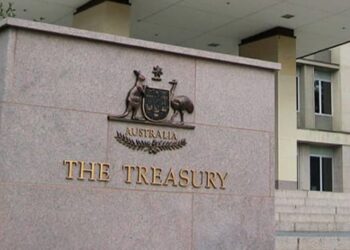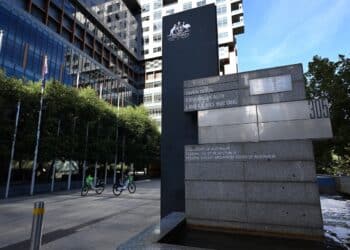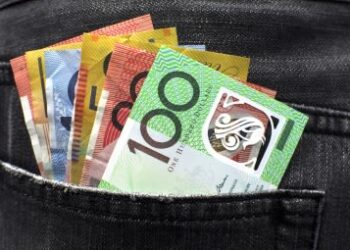Speaking to ifa, the chief executive officer of the Financial Advice Association Australia (FAAA), Sarah Abood, expressed her intention to seek additional information from the Minister for Financial Services regarding the ASIC levy and explore potential avenues for its reduction.
Earlier this month, it was confirmed that the Australian Securities and Investments Commission (ASIC) has reduced the levy charged to advisers by $400 per adviser.
Namely, the corporate regulator released the final figures that will apply for the ASIC funding levy for the 2022–23 financial year in two legislative instruments, noting that the total cost for the advice sector has been reduced by nearly $8 million to $47.6 million.
According to this data, the FAAA estimated that the final amount will be around $400 per adviser lower than the original estimate, at $2,818 per adviser in addition to the minimum levy of $1,500.
Addressing the reduction, Ms Abood said the FAAA is “very pleased”, but noted that while the reduction is a “decent saving for advisers”, the body intends to push Minister Jones for more clarity.
“What we are concerned about is we continue to lack transparency on why it was $55.5 million in the first place, why was the $8 million added to it? We’re grateful that it happened [it was reduced], but we’d be grateful to know why because I think the transparency [is] a big thing we’ve called for,” Ms Abood said.
The ultimate goal of the FAAA is to encourage greater transparency from the corporate regulator, urging them to provide more clarity on the costs that affect the advice sector.
“There are now half the number of financial advisers, give or take, than there were before the freeze was applied. Advisers in general, the professionalism, the number of complaints has fallen, we’re just struggling with why, effectively, the cost per adviser has almost doubled the cost per head when you look at those changes,” Ms Abood said.
“Why are the costs going up when the numbers are going down? It just doesn’t ring true … We shouldn’t be the most expensive sector.”
In August, the FAAA’s Ms Abood brought up concerns regarding the ASIC levy and the corporate regulator’s lack of transparency before a parliamentary inquiry into the regulator.
“We think our members may be paying for expenditure that shouldn’t be attributed to them. However, we have no visibility of how ASIC attributes its enforcement costs,” Ms Abood said at the time.
“Very little information is provided to the regulated population on how its money is being spent.”
Ms Abood said “more transparency” would allow for any errors to be picked up, ensuring costs are being shared fairly.
“As I understand it, ASIC attributes enforcement costs first to the sector that it feels was attributable for the enforcement and I think that number was $18 million, and then based on the enforcement cost, it then attributes its fixed costs and its operating costs to sectors in the same proportion.
“So, we think that’s the reason why the cost for our sector has escalated so rapidly. That those enforcement costs may possibly have been attributed to our sector incorrectly.”
Under the former government’s ASIC levy freeze, the costs charged to the sector amounted to $22.8 million. This meant that at the time, advisers were charged a minimum levy of $1,500, plus $1,142 per adviser.




The costs are going up while Adviser numbers are plummeting because ASIC wants to screw Advisers to the wall for every single cent they can bleed from them irrespective of justification and apportionment of risk.
ASIC from the get go look to blame Advisers for almost everything.
So it makes sense ASIC look to charge Advisers for almost everything.
[b]Arrogant, Secretive, Incompetent & Corrupt sums up our ASIC. [/b]
Treasury IFM Final Report dated 23 June 2023 stated that ASIC investigation and enforcement costs in respect of wrong doers who are not in ASIC’s Financial Advisers Register are added to the Financial Adviser’s levy. If ASIC avoids disclosure and transparency to the Senate Economics References Committee, then Assistant Treasurer Stephen Jones should ask ASIC to give the disclosure of ASIC’s $55 million in costs to him, and he should release that information to the public who are reliant on financial advisors’ services and will pay higher services fees due to the levy. Senator Gallagher, acting for the Treasurer to Senate Economics Committee claimed that information is subject to public immunity but if it is, the levy should not be imposed on financial advisors. Under Common Law of procedural justice and distributive fairness, no disclosure-transparency and therefore, no levy. In USA, the SEC this year achieved 780 prosecutions and gained almost US$5 billion in fines, disgorgements, etc, without blaming financial advisors, which has been a political norm in Australia since World War 2.